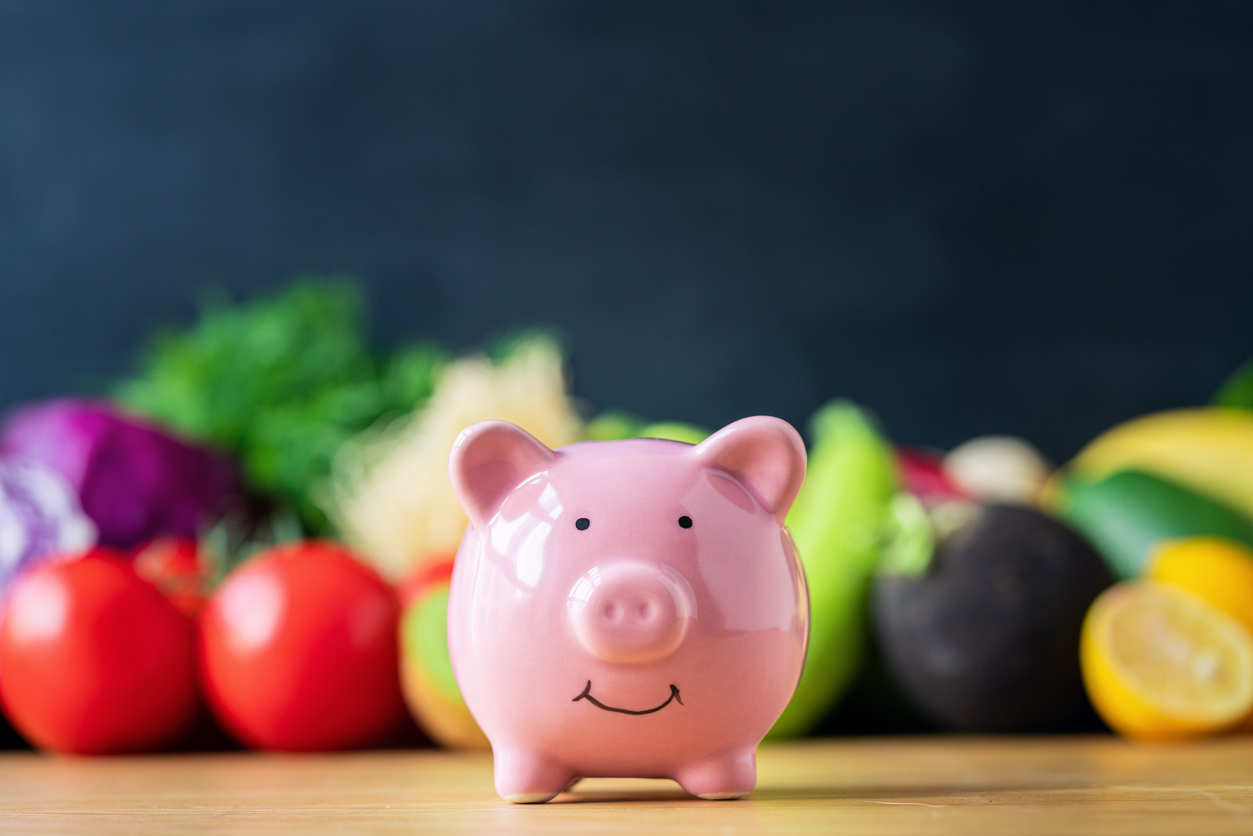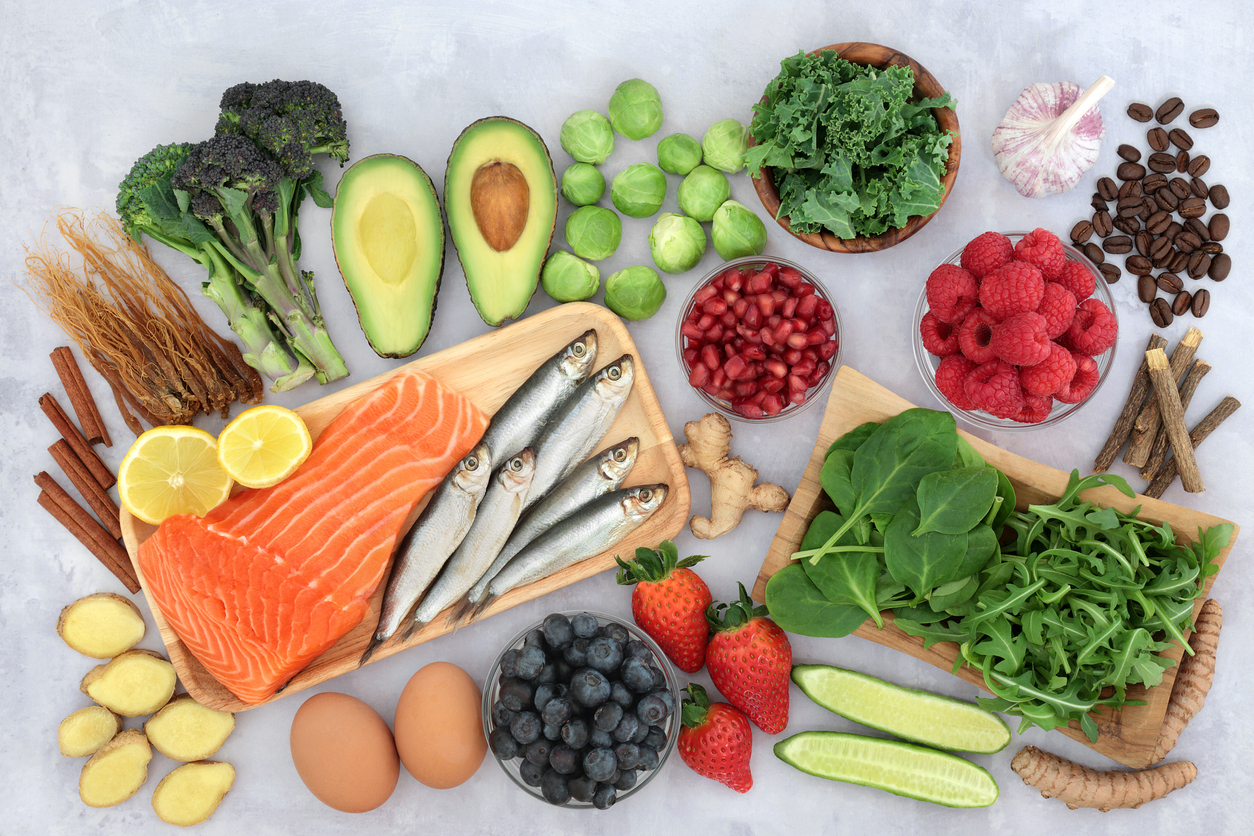Wellness
What Is the Low FODMAP Diet?

A low FODMAP (fermentable oligosaccharides, disaccharides, monosaccharides, and polyols) diet involves the restriction of fermentable short-chain carbohydrates, or sugars, that may be difficult to digest. This is a temporary and restrictive eating plan that can help those with irritable bowel syndrome (IBS) or small intestine bacterial overgrowth. It may also be suggested to reduce stress, depression and fatigue.
A health care professional should be consulted prior to beginning a diet, especially the FODMAP diet, since it eliminates many foods. It is conducted in three steps, which include the following:
- Stop eating high FODMAP foods.
- Slowly reintroduce them, one at a time, every three days to determine the troublesome foods.
- After identifying the foods causing symptoms, avoid or limit them.
Potential symptoms of foods high in FODMAP
Many people experience certain symptoms after eating FODMAPs. They may include, but are not limited to, the following:
- Bloating
- Diarrhea
- Gas
- Cramping
- Constipation
Why FODMAPs are difficult to digest
FODMAP molecules are linked together in chains. These molecules must become single to be broken down by the small intestine. However, since they are linked, the small intestine is unable to break them down to absorb them. This prompts water to be forced into the digestive tract to move the FODMAPs into the large intestine. Additionally, the gut bacteria will ferment the molecules, which increases gas and acid production.
IBS and the FODMAP diet
An estimated 60% of individuals with irritable bowel syndrome (IBS) report worsened symptoms with the intake of FODMAPs. A low FODMAP diet can help relieve these symptoms and allow the digestive system time to heal. Once symptoms improve, a low FODMAP diet can narrow down food sensitivities by systematically adding different foods back into the diet until the irritant is determined.
Food to avoid
Foods that are high in FODMAP and should be avoided on this diet include, but are not limited to, the following:
- Dairy products, such as milk, yogurt, and ice cream
- Wheat products, including cereal, bread and crackers
- Beans and lentils
- Certain vegetables, such as artichokes, asparagus, onions and garlic
- Specific fruits, such as apples, cherries, pears and peaches
- Alcohol
- Artificial sweeteners
Foods to eat
Foods that are low FODMAP include, but are not limited to, the following:
- Protein, including beef, chicken, pork, fish, lamb, eggs and tofu
- Certain cheeses, such as brie, Colby, mozzarella, cheddar and feta
- Almond milk or lactose-free milk
- Grains, including rice, quinoa, corn and oats
- Vegetables, such as eggplant, potatoes, bell peppers, radishes, carrots, celery, tomatoes, cucumbers, and zucchini
- Coconut or olive oil
- Nuts, such as almonds, peanuts, pecans, walnuts, or macadamia nuts
- Pumpkin, sesame or sunflower seeds
- Peppermint tea and water
- Certain condiments, including cumin, paprika, soy sauce, fish sauce, ginger, mustard, salt, pepper, white rice vinegar, wasabi power, and saffron
How long should the FODMAP diet be practiced?
A low FODMAP diet is designed to be a temporary diet. The elimination phase typically lasts two to six weeks. The length of the reintroduction phase can vary individually; however, eight weeks is the average. The low FODMAP diet is not intended to be a long-term diet, but to determine which foods would be beneficial to eliminate.


















